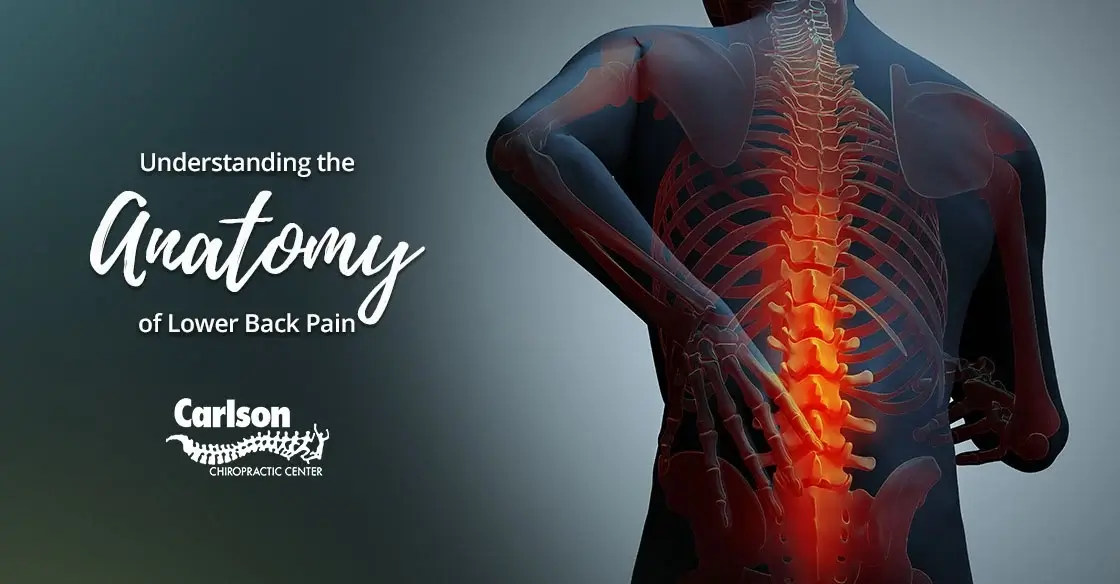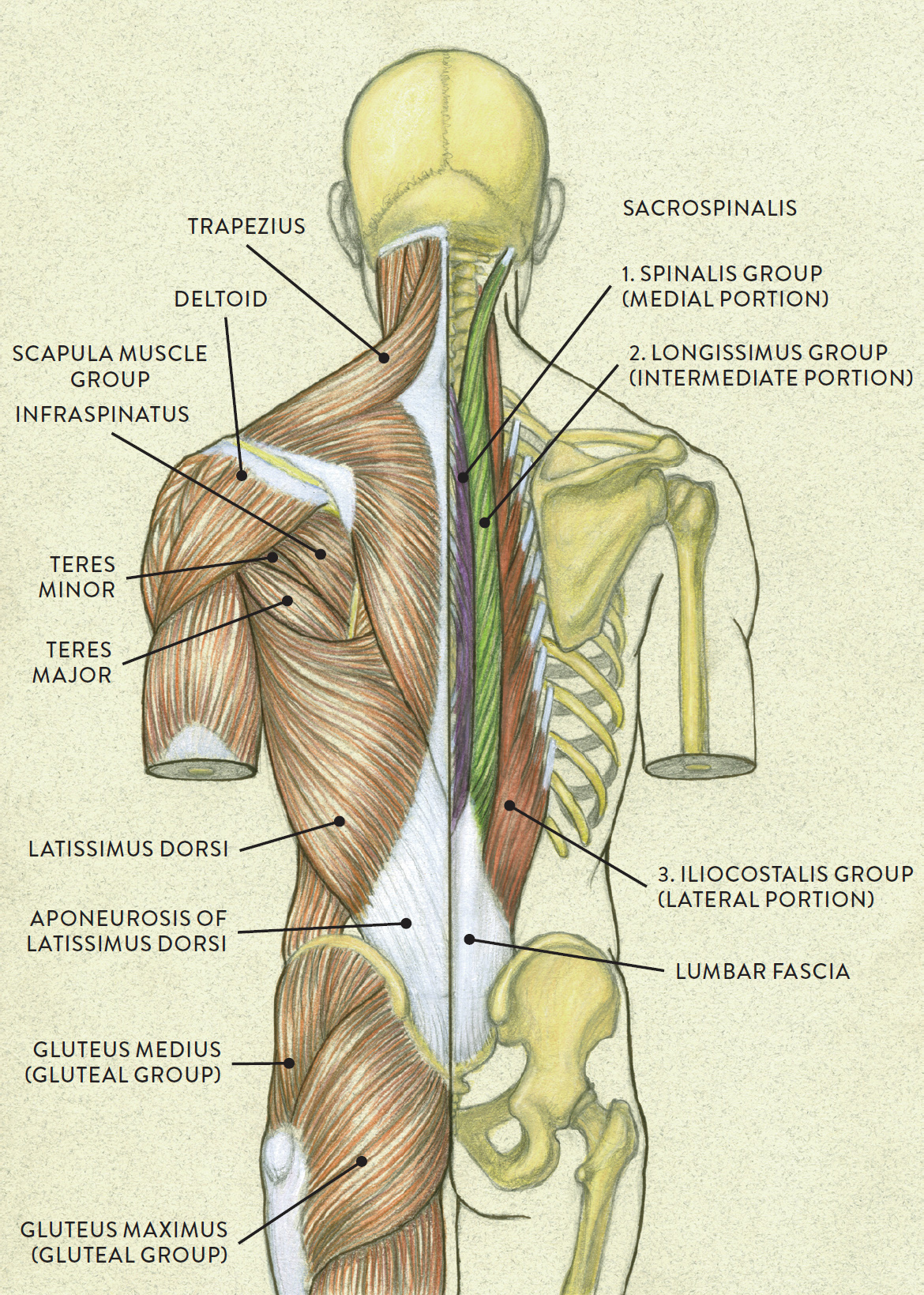Back Muscles Anatomy Biology Diagrams The intrinsic back muscles are considered as true back muscles, as their primary function is to produce the movements of the vertebral column (spine). Some notable synonyms for them are autochtonous back muscles and deep back muscles. They are separated from the superficial extrinsic layer by the thoracolumbar fascia. The intrinsic back muscles

Learn about the structure and function of the back muscles, divided into extrinsic and intrinsic groups. The intrinsic muscles are further subdivided into three layers that stabilize and control the spine and posture.

Anatomy, Back, Muscles Biology Diagrams
Learn the anatomy and function of back muscles with a labeled diagram. See the structure, attachment, innervation, and types of superficial and deep back muscles. Learn about the three major groups of back muscles: superficial, intermediate and deep, and their roles in movement, posture and respiration. Find out how to diagnose and treat back pain, and how core strength training can help. The muscles of the back categorize into three groups. The intrinsic or deep muscles are those muscles that fuse with the vertebral column. The second group is the superficial muscles, which help with shoulder and neck movements. The final group is the intermediate muscles, which help with the movement of the thoracic cage. Only the intrinsic muscles are considered true back muscles.

Learn about the anatomy and function of the superficial, intermediate and intrinsic back muscles. See diagrams, videos and quizzes to test your knowledge.

Back muscles: Anatomy and functions Biology Diagrams
Learn about the extrinsic and intrinsic muscles of the back, their attachments, innervations and functions. See diagrams, videos and quizzes to test your knowledge.

